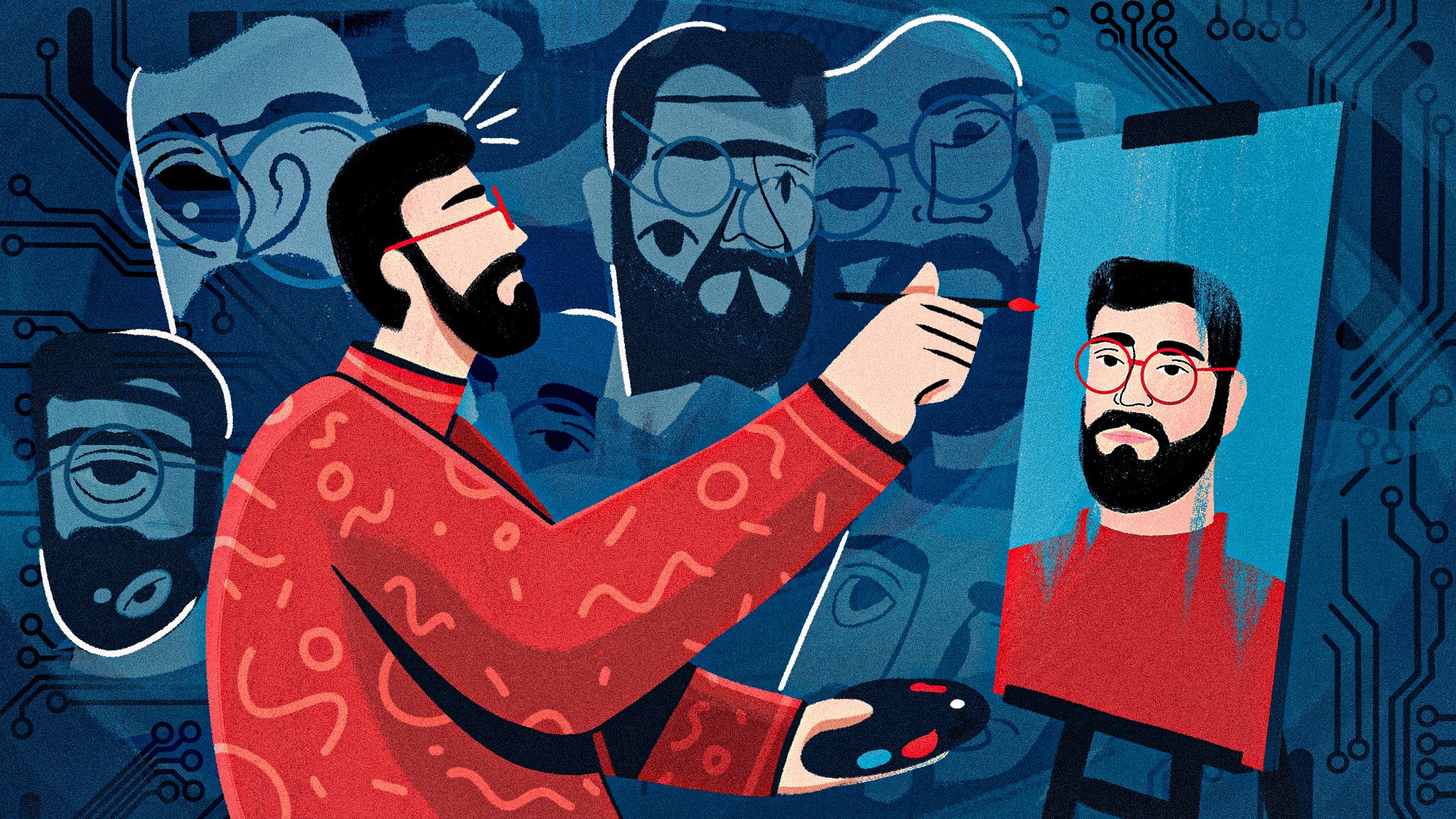We Need to Cultivate Artists in Algorithmic Media

Creative media is on the verge of a second apocalypse. The first time around, digital piracy threatened to decimate revenues. Yet, streaming paradigms and digital rights management evolved to meet demands. How will the industry mitigate this second wave of so-called “AI-generated” media?
The problem with AI-generated artwork is that it’s not generated—it’s plagiarism. Strip away the buzzword; it’s a computer remixing the artwork of uncredited human artists. The computer is nothing like a human artist who studies the work of other artists to interpret their own life as art better. The computer is merely a mimic, remixing the digital content precisely as it’s saved on the hard drive. And the users of this new software are utterly irreverent. [1]
As of now, the media industry lacks a sufficient legal framework to protect the human beings who are creating the content. This content is then sourced by the AI art generation platforms, a list too long to enumerate. The necessary software and its source code are freely available. Every day, a new entrepreneur rolls out an app that lets you generate unique images, music, or text with a simple prompt.
The AI music generation app Mubert has built a sound library that comprises its so-called “AI.” But this is just a large body of content, purchased work for hire from the human beings who created it yet are now anonymous sources.
We might accuse a platform such as Splice of commodifying music recordings. They supply a clear and present demand to human artists, but the subsequent recordings are used ubiquitously without credit.
New technology blew open the boundaries of recorded media. When Napster and digital piracy exploded in the late 90s, everyone thought it would end the media industry. There was a period of questioning whether recording artists would ever again be able to recuperate revenue for the distribution of their recordings.
Some wonder if the Napster apocalypse has even ended and whether the music industry has recovered. [2]
The screen entertainment industries are back on track, where more content is being created for the screen than ever before. The traditional Film & TV industries had to evolve drastically, but if we define success as keeping budgets flowing for production and talent, the new streaming models are functioning. [3]
The video game is the absolute most popular category of media today and fully thwarted the first media apocalypse by the federation of app stores, making formal software licensing and microtransactions a part of everyday consumerism. [4]
Now, this second media apocalypse is built on so-called “AI-generated art,” and whether it’s visuals, music, or writing, the reality that we’re skirting around, that I hope to light soon, is that this technology is not “artificial intelligence” at all. [5]
These app creators falsely claim to have created artificial intelligence capable of creating art when this is nothing more than automated plagiarism. Each art-generating app is sourced from its catalog of human artwork. The software to remix the source material is freely available. Creating an app to remix this noise or another is as easy these days as making a video.
Amateur creators are tricking each other at the expense of the professional artists who made the material in the first place. The presence of all of this obfuscated material will devalue the original works and serve to degenerate the quality of our appreciation for the original article.
Look closely and be honest that “AI-generated” art and music lack the central humanity that engages us in the human-made originals. Where we expect to see faces are just meaningless shapes, we look for a main character in a composition to ground us in the point of the thing. The story. The humanity.
The reality of humans experiencing artwork is that we have devoted ourselves to creating art and curating it for many years, and we are its central theme. Our humanity is the common access point to all this work, from the concrete to the abstract.
Ultimately, the legal owners of these intellectual properties will pursue the means to collect the revenue they are owed. Rights holders will pursue legislative change that protects their interests.
Let’s get ahead of that correction and start calling this tech what it is: algorithmic media.
Just as it is illegal to make a mixtape out of someone else’s work without paying them for it, in the long run, it will be unlawful to use algorithmic media to create music out of other people’s music without paying for it.
We’re looking for a commitment from the consumers, creators, and distributors of algorithmic media to respect the rights of the human beings creating the content.
Pretending these computers are generating art is an insult to artists. [6]
[1] Heikkilä, M. (2022, September 26). This artist is dominating AI-generated art., and he’s not happy about it. MIT Technology Review. Retrieved October 26, 2022, from https://www.technologyreview.com/2022/09/16/1059598/
[2] Forde, E. (2019, May 31). Oversharing: how Napster nearly killed the music industry. The Guardian. Retrieved October 26, 2022, from https://www.theguardian.com/music/2019/may/31/napster-twenty-years-music-revolution
[3] Corkey, C. (2022, October 24). Trends: From Movie Theaters to Netflix: Streaming Services are Here to Stay. The Dartmouth. Retrieved October 26, 2022, from https://www.thedartmouth.com/article/2022/10/trends-streaming-services
[4] Cherney, M. (2018, April 6). This violent video game has made more money than any movie ever. MarketWatch. Retrieved October 26, 2022, from https://www.marketwatch.com/story/this-violent-videogame-has-made-more-money-than-any-movie-ever-2018-04-06
[5] Hoel, E. (2022, May 18). AI art isn’t art. Retrieved November 2, 2022, from https://erikhoel.substack.com/p/ai-art-isnt-art
[6] Deck, A. (2022, October 27). AI-generated art sparks furious backlash from Japan’s anime community. Retrieved October 31, 2022, from https://restofworld.org/2022/ai-backlash-anime-artists/